Fort Laramie National Historic Site
Originally established as a private fur trading fort in 1834, Fort Laramie evolved into the largest and best known military post on the Northern Plains before its abandonment in 1890. This “grand old post” witnessed the entire sweeping saga of America’s western expansion and Indian resistance to encroachment on their territories.
The park is located in southeast Wyoming approximately 125 miles southeast of Casper, 100 miles north of Cheyenne and 55 miles west of Scottsbluff, Nebraska. From Interstate 25, take exit 92 to US Highway 26, proceed east to the town of Fort Laramie; turn right on State Route 160 and travel three miles to the park entrance. From westbound US 26, proceed west from Scottsbluff, Nebraska to the town of Fort Laramie; turn left on State Route 160 and continue three miles to the park entrance.
- Fishing
- Freshwater Fishing
- Guided Tours
- Self-Guided Tours - Walking
- Self-Guided Tours - Auto
- Living History
- Historic Weapons Demonstration
- Museum Exhibits
- Shopping
- Bookstore and Park Store
- Gift Shop and Souvenirs
- Forts
- Migrations
- Military
- Infantry and Militia
- Cavalry
- US Army
- Indigenous and Native Warrior
- Native American Heritage
- Transportation
- Roads, Routes and Highways
- Wars and Conflicts
- Indian and Frontier Wars
- Westward Expansion
Ruins of the 1873 Post Hospital
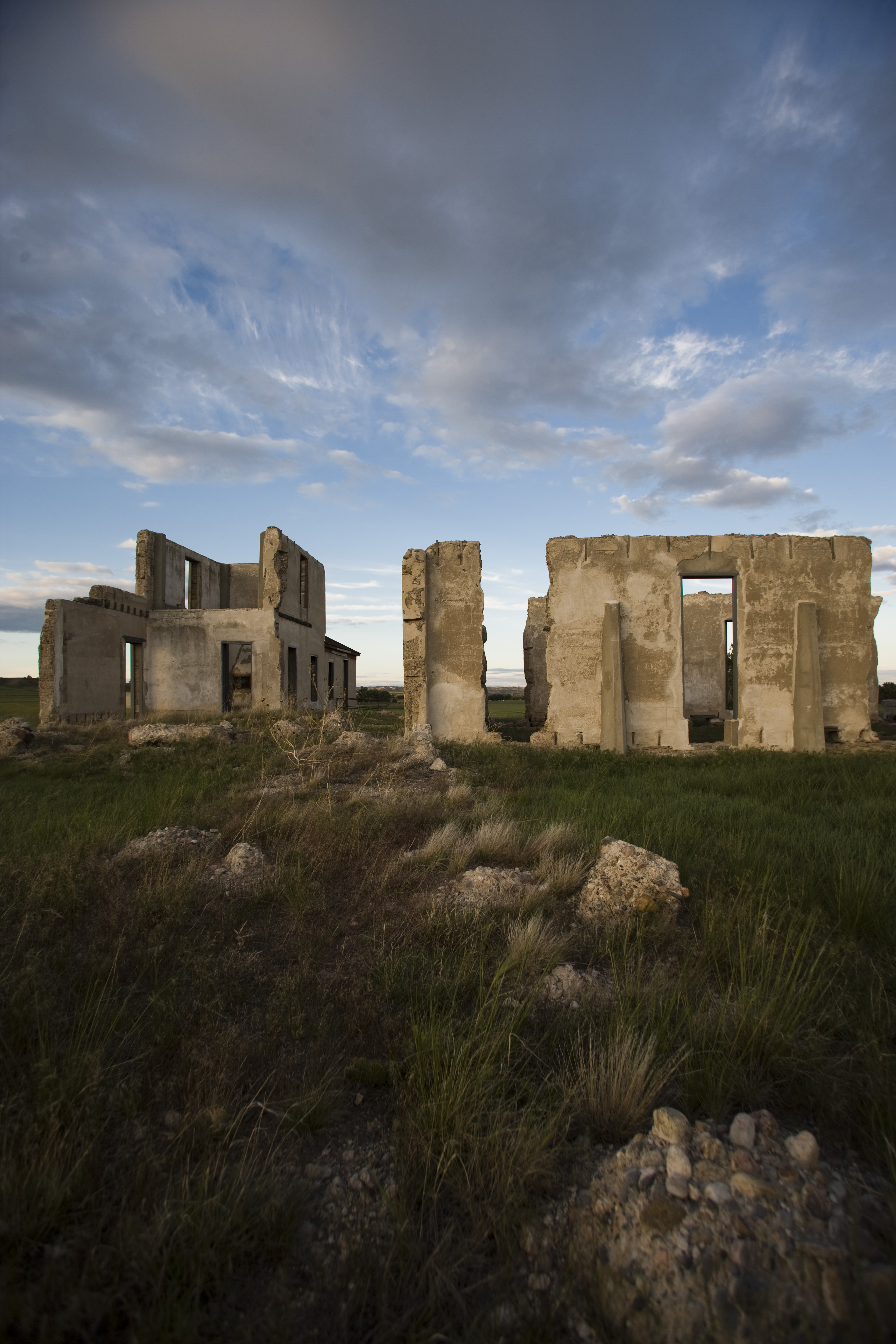
Sunrises and sunsets are extraordinarily beautiful when set against the many historic structures the site.
Parade Ground from the Porch of "Old Bedlam"
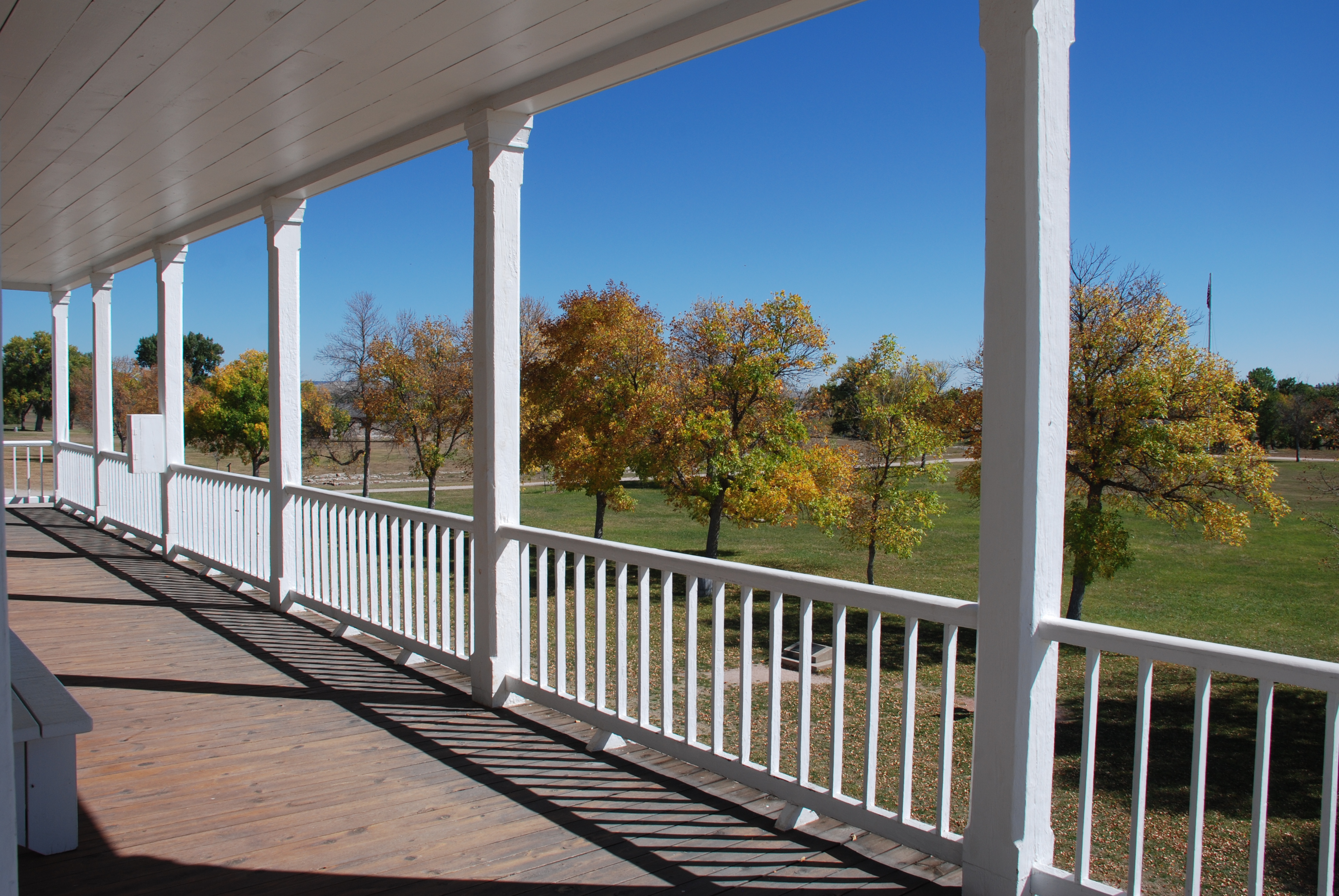
A fall view of the parade ground from "Old Bedlam" the oldest surviving structure at Fort Laramie and in the state of Wyoming, constructed in 1849.
Post Trader at Work
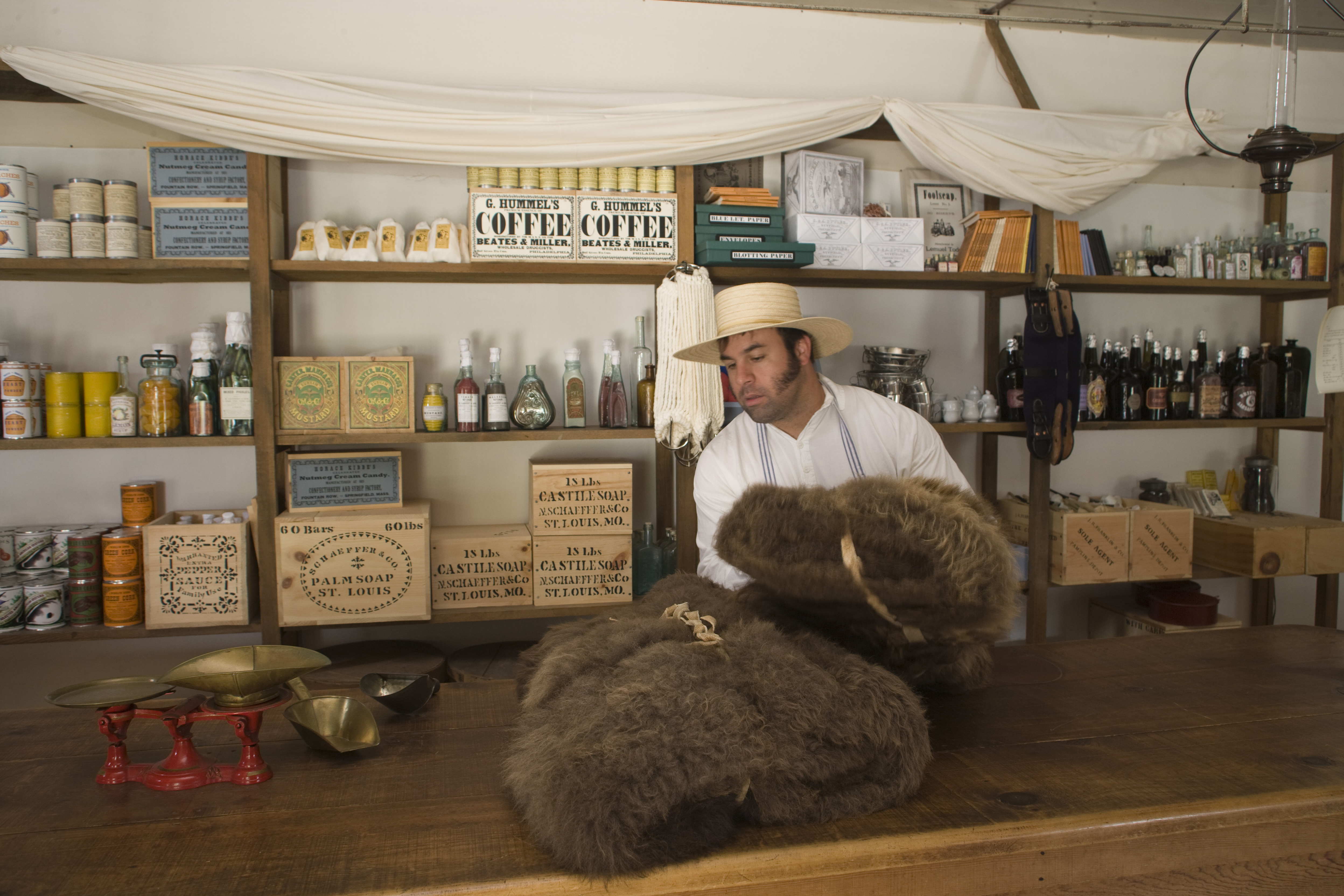
In the summer living history interpreters bring the post to life, including the Post Trader in the refurnished 1849 store.
Fur Trade Fort Laramie Event
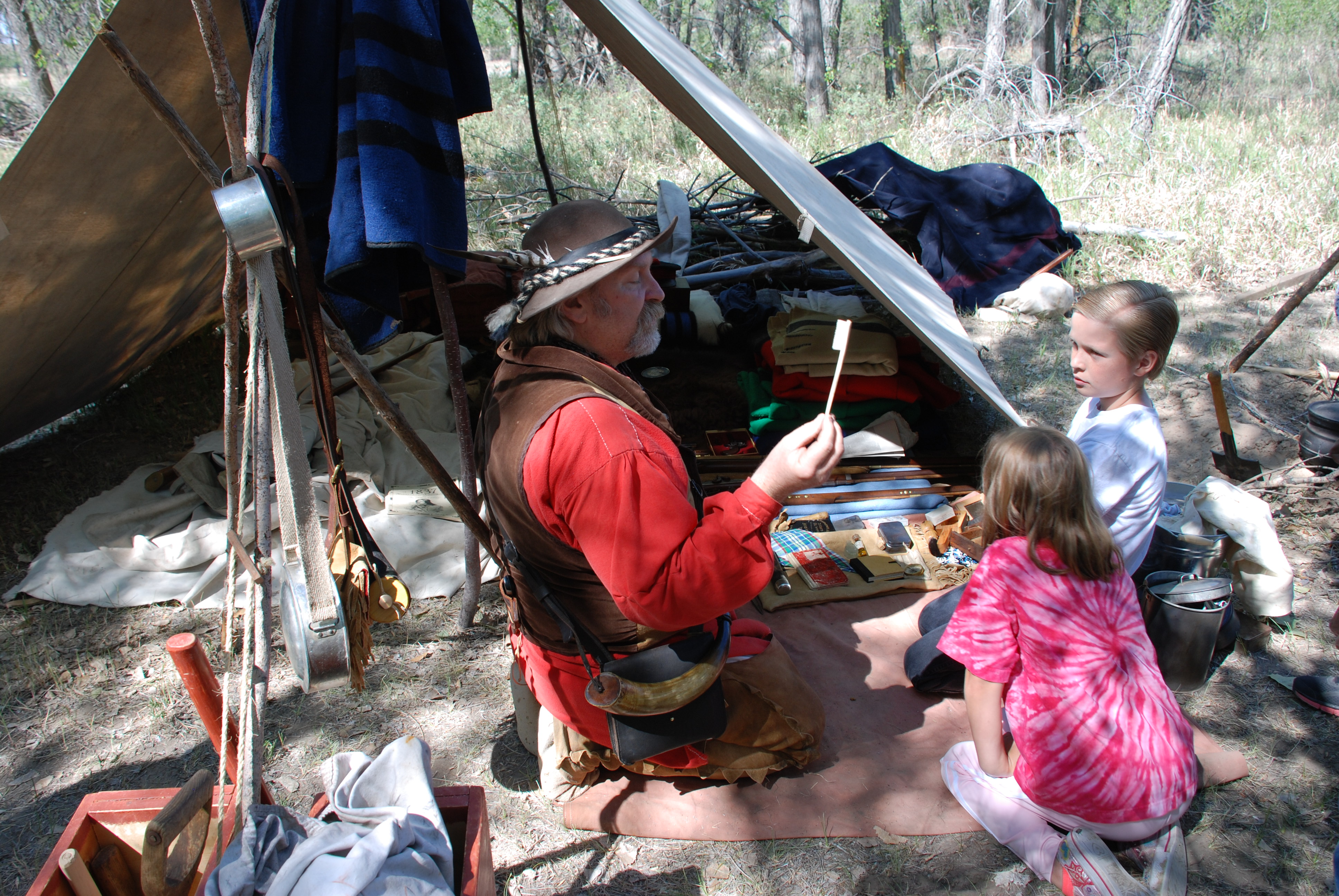
Special attention is given to helping our young visitors understand the past at Fort Laramie National Historic Site.
Arial View of Fort Laramie NHS From the South
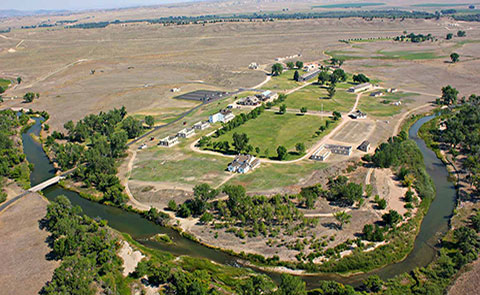
Overview of Fort Laramie as it exists today with many of the historic buildings fully restored and refurnished and numerous other ruins and foundations.
Tipis Across Laramie River in Fall
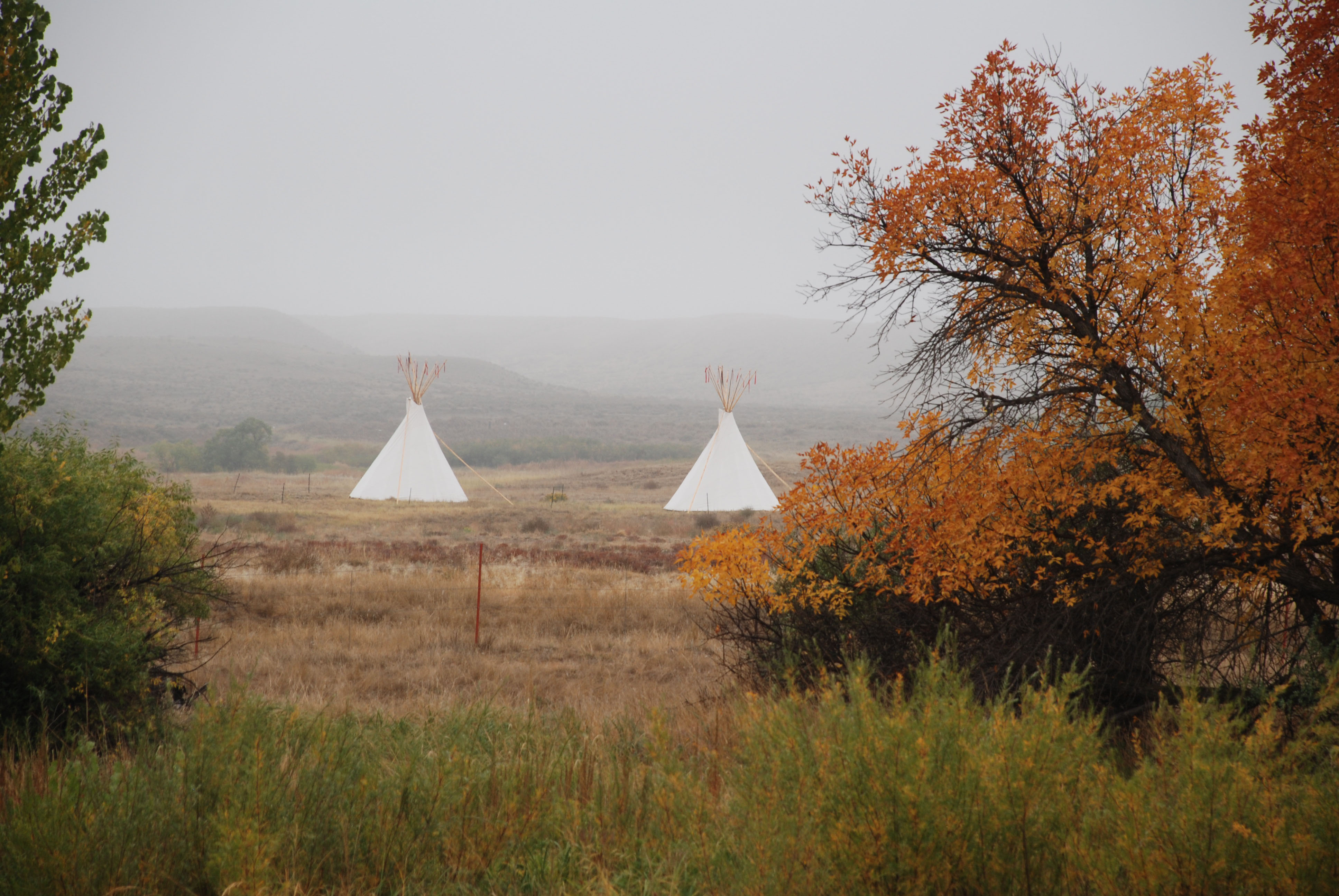
Tipis were a common scene at Fort Laramie from 1834-1872. At times, during treaty negotiations dozens of tipis could be found here.
Fall colors on the Parade Ground
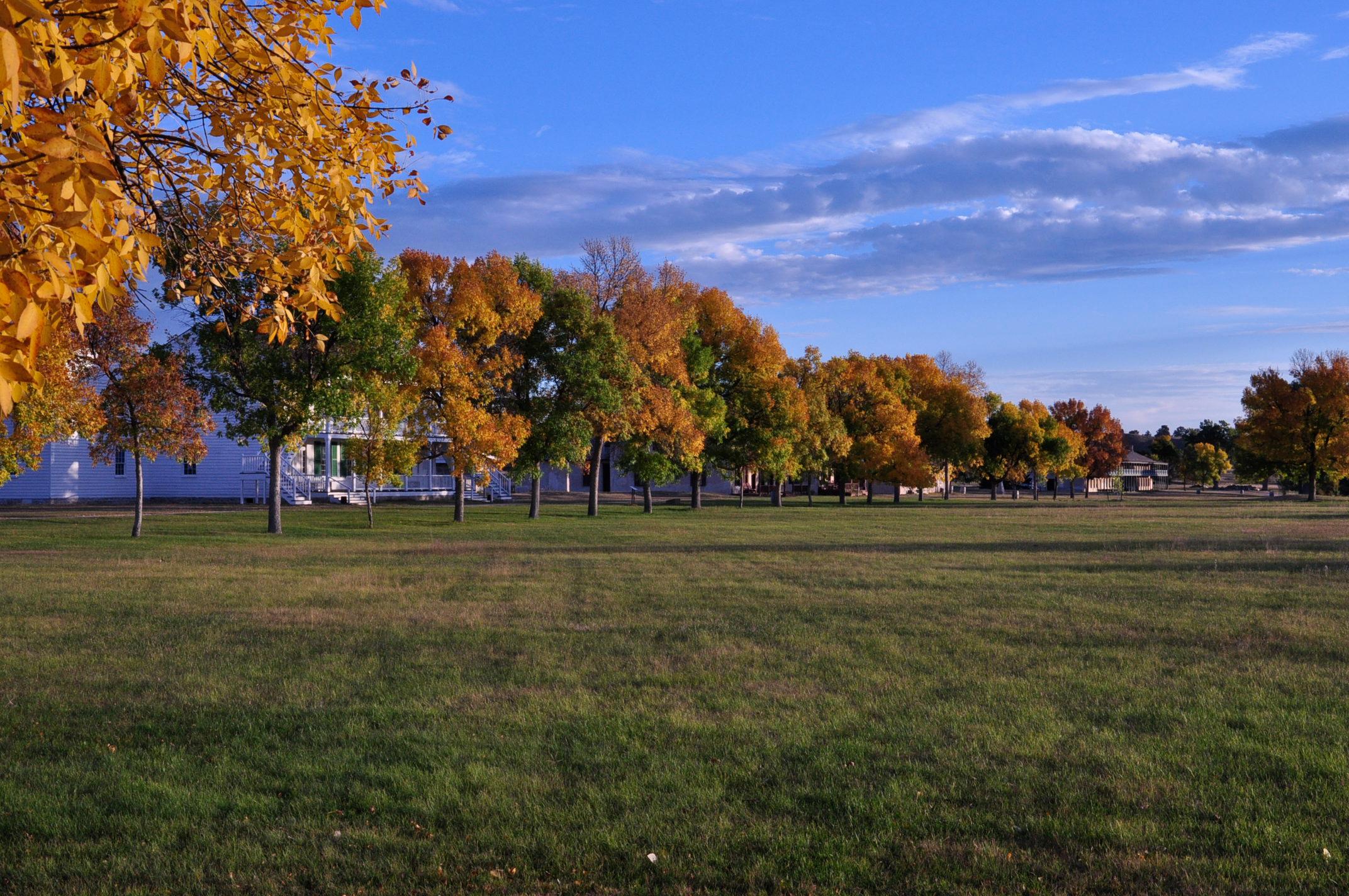
Fall colors paint the parade grounds near Old Bedlam.
Powder Magazine in Winter
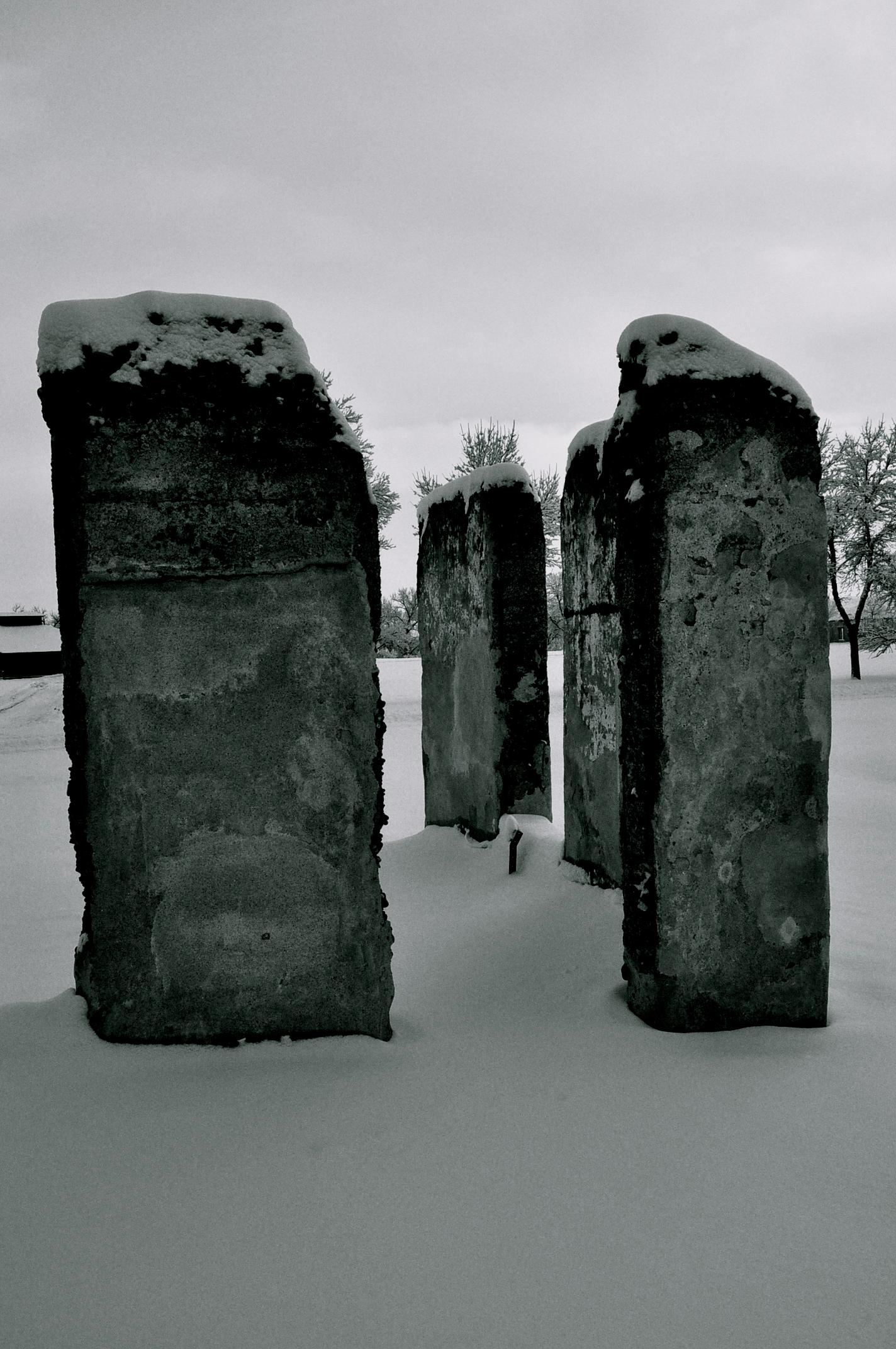
Ruins of the powder magazine within the winter snows.
Morning Fog at the Old Holtclaw Tract
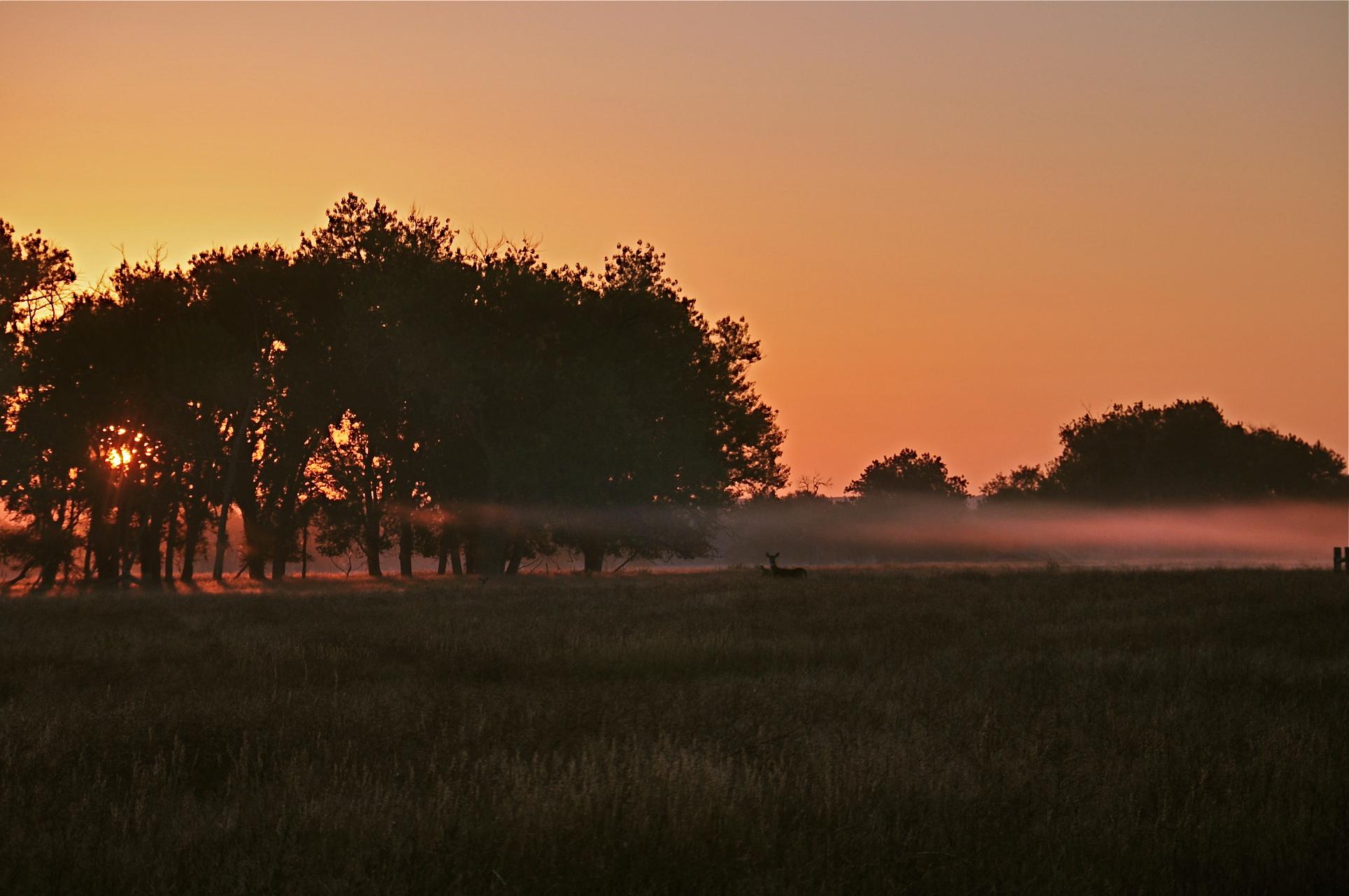
Morning fog north of Fort Laramie
11th Kansas Ride Past the Cavalry Barracks
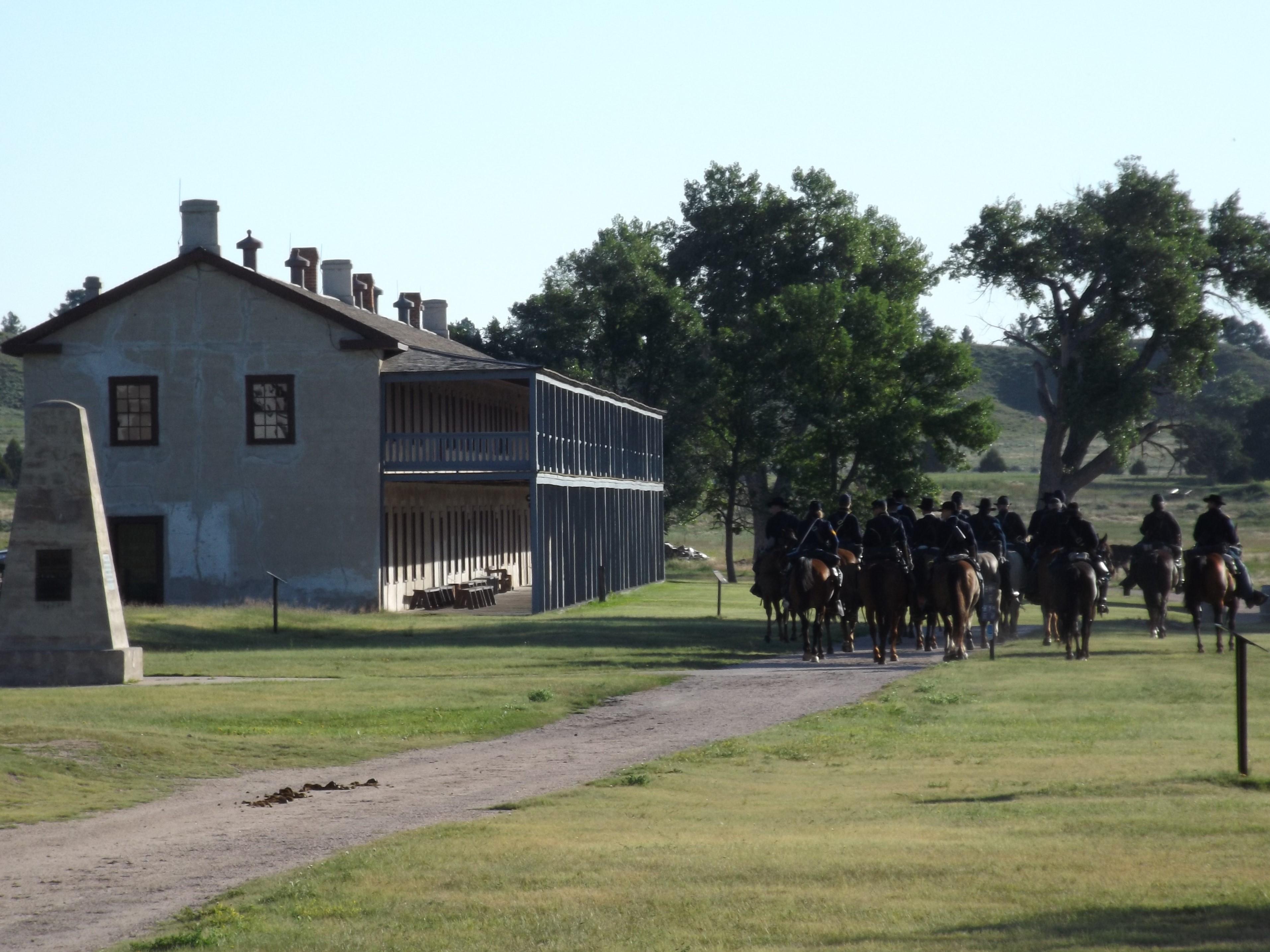
Riding past the Cavalry Barracks
Three Affiliated Tribes Ride at Cavalry Barracks
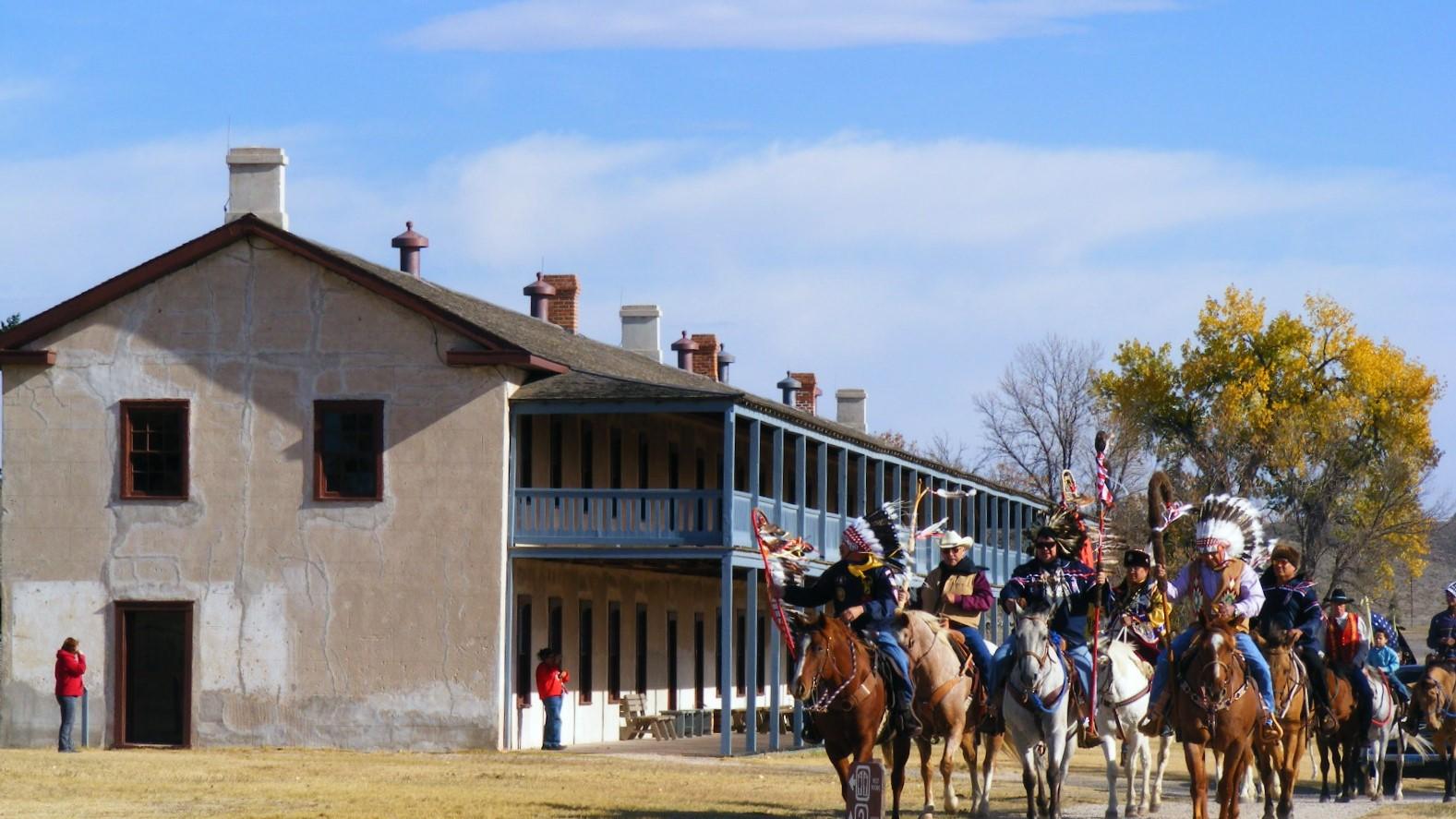
Riding toward the parade ground
Independence Day Salute
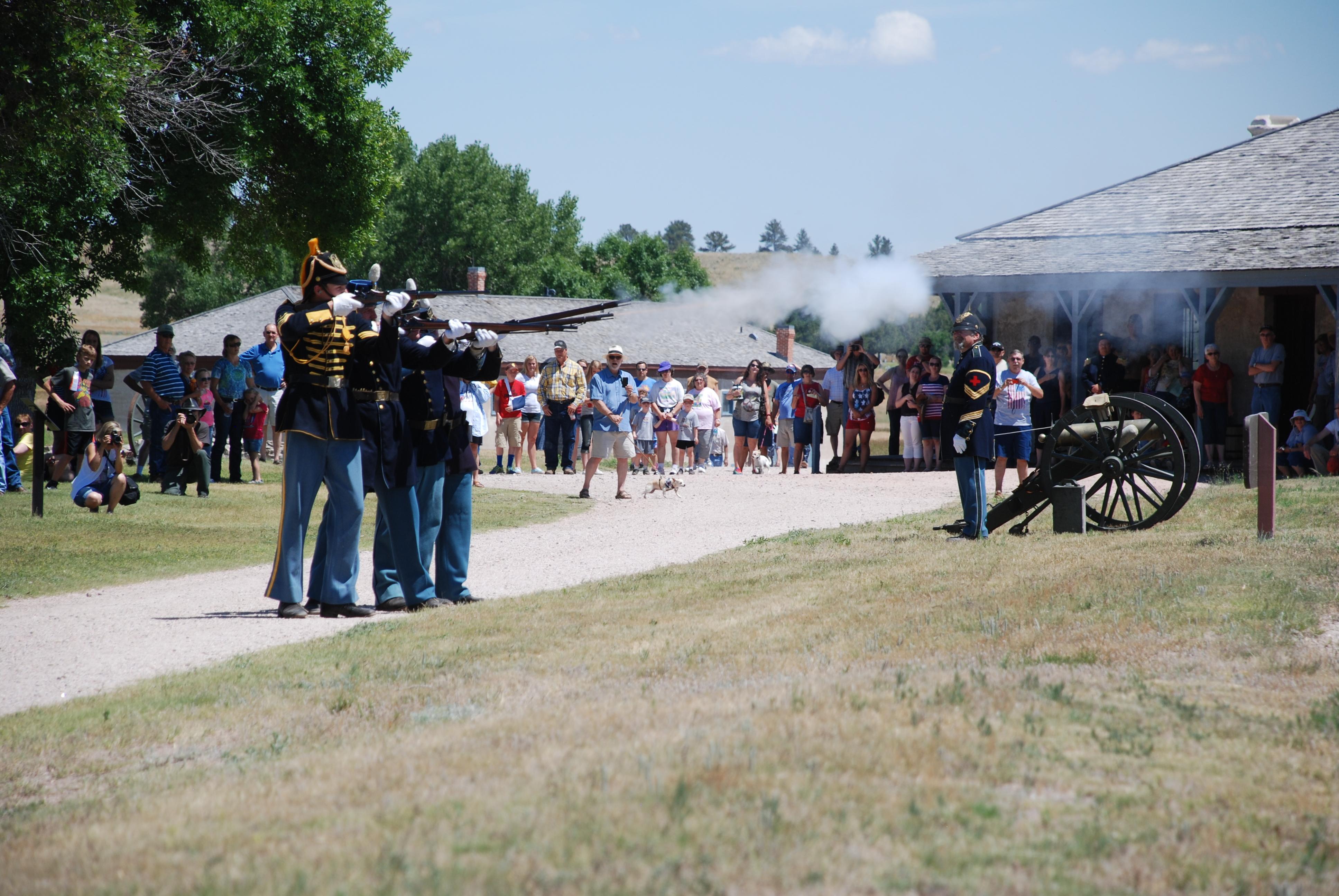
A salute to each state of the union in 1876.